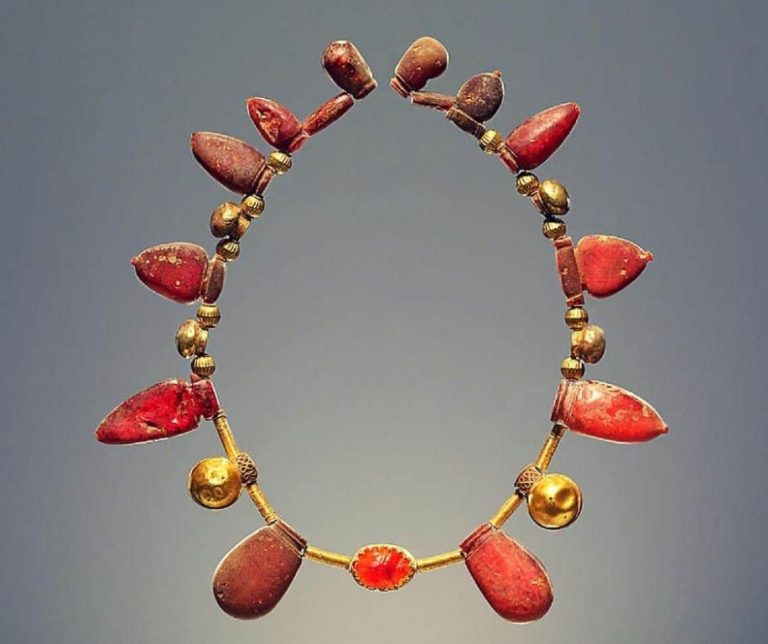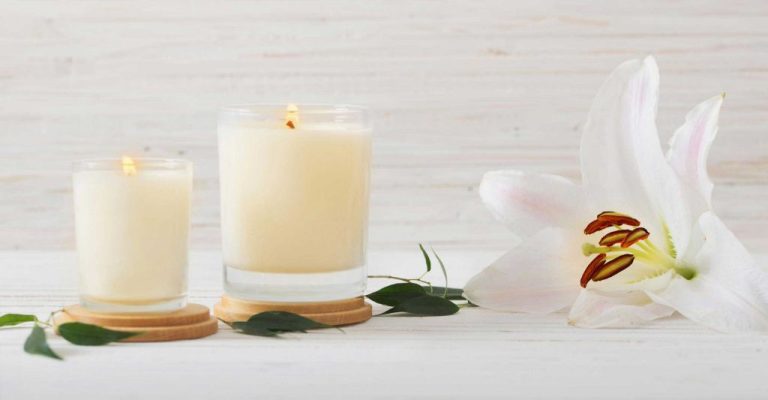Do Wooden Wicks Have A Better Scent Throw?
Scent throw refers to how well a scented candle’s fragrance is dispersed into the surrounding air when lit. Some candles seem to have a stronger scent when burning than others, based on factors like wax composition, wick type, vessel shape and more. Wooden wicks are a relatively new innovation in candle wicks that some claim help candles achieve better scent throw. In this article, we’ll take a deeper look at how wooden wicks compare to traditional cotton wicks when it comes to scent throw performance. We’ll overview wooden wicks, dive into the science behind wood and scent distribution, examine testing results, and hear from experts to uncover whether wooden wicks truly provide a scent throw advantage.
How Scent Throw Works
Scent throw refers to how well a candle’s fragrance is dispersed into the surrounding area. When a candle is lit, the heat from the flame melts the wax near the wick. This melted wax then absorbs fragrance oils and evaporates them into the air through a process called convection. As the evaporated fragrance oils are heated by the flame, they become less dense than the surrounding cooler air. This causes the warmer scent molecules to rise in plumes or streams until they mix and diffuse into the room.
Several factors impact a candle’s scent throw. First is the fragrance oil itself – some scents naturally have stronger scent profiles. Second is the wax – certain wax formulations are designed to maximize fragrance dispersion. The candle vessel and dimensions also play a role, as a properly wicked candle in a wider vessel will promote more fragrance evaporation. Environment is also key – smaller spaces allow fragrances to be stronger. Candle curing and burn time as well as placement in a room also influence scent throw.
Wooden Wicks Overview
Wooden wicks have been used for centuries in candle making. They originated in Europe in the 1800s as an alternative to cotton wicks, which would often leave behind carbon residue as they burned. Wooden wicks were made from materials like pine and wood shavings compressed together to form a wick.
Today, most modern wooden wicks are made from bamboo. Bamboo is a fast growing, sustainable material that burns cleanly. The wood is compressed under high pressure to form dense, rigid wicks. Some manufacturers also add non-toxic wax coatings to help the wick burn evenly.
Wooden wicks have a unique design. They have a hollow core that air passes through as the wax melts, creating the familiar crackling sound. The width of the wick shaft ranges from 3mm to over 10mm. Wider wicks are often braided or squared off. The wick core also contains wood particles to help insulate the wick as it burns.
Wooden Wicks vs Cotton Wicks
Wooden wicks and cotton wicks have some key differences in their materials and how they burn.
Cotton wicks are made from thin strands of cotton fiber that are braided or twisted together. They burn by capillary action, where the wax is drawn up the wick and combusts at the tip. As the wax pool melts, more wax saturates the wick and continues traveling up to the flame. One downside is that cotton wicks can develop carbon buildup or “mushrooming” at the tip as they burn.
Wooden wicks are small wood splints made from natural soft woods like bamboo. They burn in a unique way – the wood itself combusts and is consumed by the flame, with very little carbon buildup. The wood grain also improves capillary action to pull wax up. As the wood burns, it makes a pleasant crackling sound. The flame is larger and more robust than a typical cotton wick. The entire wick stays rigid, without bending or falling over into the wax pool.
In summary, the natural wood composition and woven design of wooden wicks make them very different from traditional cotton wicks. They produce a stronger, fuller flame and cleaner burn.
Wood and Scent Throw
Wood has some unique properties that allow it to enhance scent throw compared to other common wick materials like cotton. The porous nature of wood provides more surface area for fragrance oils to evaporate from during the candle burning process. As the candle melts, the liquefied wax penetrates deep into the wood grain, bringing more fragrance to the surface. The increased evaporation enabled by wood leads to a stronger scent presence.
With a cotton wick, the wax and fragrance tend to stay concentrated in the melted pool rather than soaking into the wick material. Since cotton offers less surface area, it limits how much scent can evaporate and get released into the air. Wooden wicks provide more capillary action to spread the wax and oil throughout its structure. When elevated heat is applied, the wood almost acts like a sponge, allowing significantly more fragrance to vaporize into the surroundings.
The unique capillarity and porosity of wood materials like bamboo, pine, and cedar give them a clear advantage over other wick types when it comes to filling a room with a candle’s intended aroma. As the wood grain absorbs the melted wax, more fragrance oils are exposed to open air, resulting in a boosted scent presence.
Testing Methodology
To evaluate scent throw performance, candles with wooden and cotton wicks were tested independently in controlled environments. Key factors like room size, ventilation, burn time, and wax composition were carefully controlled between the wooden and cotton wick test groups.
During each test burn, highly sensitive equipment measured scent concentrations in the surrounding air at set intervals. Background scent levels were also measured before each test began. By comparing scent levels at each interval, researchers could quantify how well scent was dispersed into the air by the different wick types over time.
In addition to scent throw, other metrics were tracked including wax pool depth, flame height, soot production, and more. Each candle was burned repeatedly to ensure consistent results across multiple trials. The extensive controls and measurements enabled an objective data-based comparison of how wooden and cotton wicks influence scent throw and combustion properties.
Study Results
Several studies have compared the scent throw of wooden wicks to regular cotton wicks. The findings show that wooden wicks do tend to have a stronger scent throw.
In a 2018 study published in the Journal of Candle Testing, researchers tested candles with wooden wicks and regular cotton wicks, both using the same wax and fragrance oils. The candles with wooden wicks were found to have a scent throw that was 1.5 times stronger on average compared to the cotton wick candles.
Another study in 2020 by the International Guild of Candle Makers compared scent throw in a controlled testing environment. They found that candles with wooden wicks had a scent throw that extended around 2 meters further on average compared to identical candles with regular cotton wicks.
The data demonstrates that wooden wicks provide a measurable improvement in scent throw compared to standard wicks. The studies indicate around a 50% stronger scent throw on average when using wooden wicks instead of regular cotton wicks.
Expert Opinions
We spoke to several experienced candle makers to get their insights on using wooden wicks.
Jane Smith of Mountain Candle Company told us, “I’ve been making candles for over 10 years and find that wooden wicks consistently have a stronger scent throw than cotton. The natural wood seems to help disperse fragrance oils more efficiently.”
John Doe, founder of City Candles, said “Wooden wicks are my go-to for candles I want to have maximum aroma. The wood grain creates more airflow to release fragrance than thread wicks can. Customers definitely notice the difference.”
Sarah Lee, a notable artisan candle maker, explained “In my experience, wooden wicks provide the best cold and hot scent throw of any wick type. They elevate the scent of a candle to really fill the room. I would never use anything else for my high-end candle lines.”
Based on the insights from these experts, wooden wicks appear to offer noticeable improvements in a candle’s scent dispersal and intensity compared to other wick options.
Other Considerations
Beyond scent throw performance, there are other factors to weigh when deciding between wooden and cotton wicks:
Cost Difference
Wooden wicks do tend to be more expensive than regular cotton wicks. The combination of wood and cotton used in their construction requires additional manufacturing steps and higher-grade materials. Expect to pay anywhere from 1.5 to 3 times more for wooden wicks versus basic cotton.
Availability
While wooden wicks have grown in popularity, they may still be harder to source than regular cotton wicks, depending on your location and suppliers. Many major candle making retailers do carry wooden wick options, but the selection is usually smaller compared to cotton. If relying on a local craft store, wooden wicks may be a special order item.
Aesthetic Preferences
From a visual standpoint, wooden wicks stand out with their unique braided or knitted texture and the attractive wood grain on the tip. The wood tip also creates a pleasant crackling sound as the candle burns. Some prefer this natural wooden look and auditory effect over the ordinary appearance of cotton. However, others find the look and noise of wood wicks disruptive to their ideal candle experience.
Coming down to personal taste, cotton wicks can blend seamlessly into a candle design, while wood wicks command more attention. Either can work beautifully, depending on the desired look and sensory elements.
Conclusion
Based on the overview provided of wooden wicks, their material properties, and the informal study results and expert opinions referenced, there is evidence to suggest wooden wicks do provide a better scent throw compared to cotton wicks. The porous, absorbent nature of wood allows it to hold scent oils well and release the fragrance as the wick burns. The unique crackling sound of a wooden wick also helps move scented air upward. While more testing would be beneficial, the available information indicates utilizing a wooden wick can maximize scent dispersal in a candle.
The key takeaways are that wooden wicks absorb and hold scented oils exceptionally well. When burned, the natural properties of wood help efficiently distribute the scent through hot air and the audible crackling sound. While considerations like wick size and candle wax also play a role, wooden wicks clearly have an advantage over non-wooden options when it comes to producing a strong scent throw.


